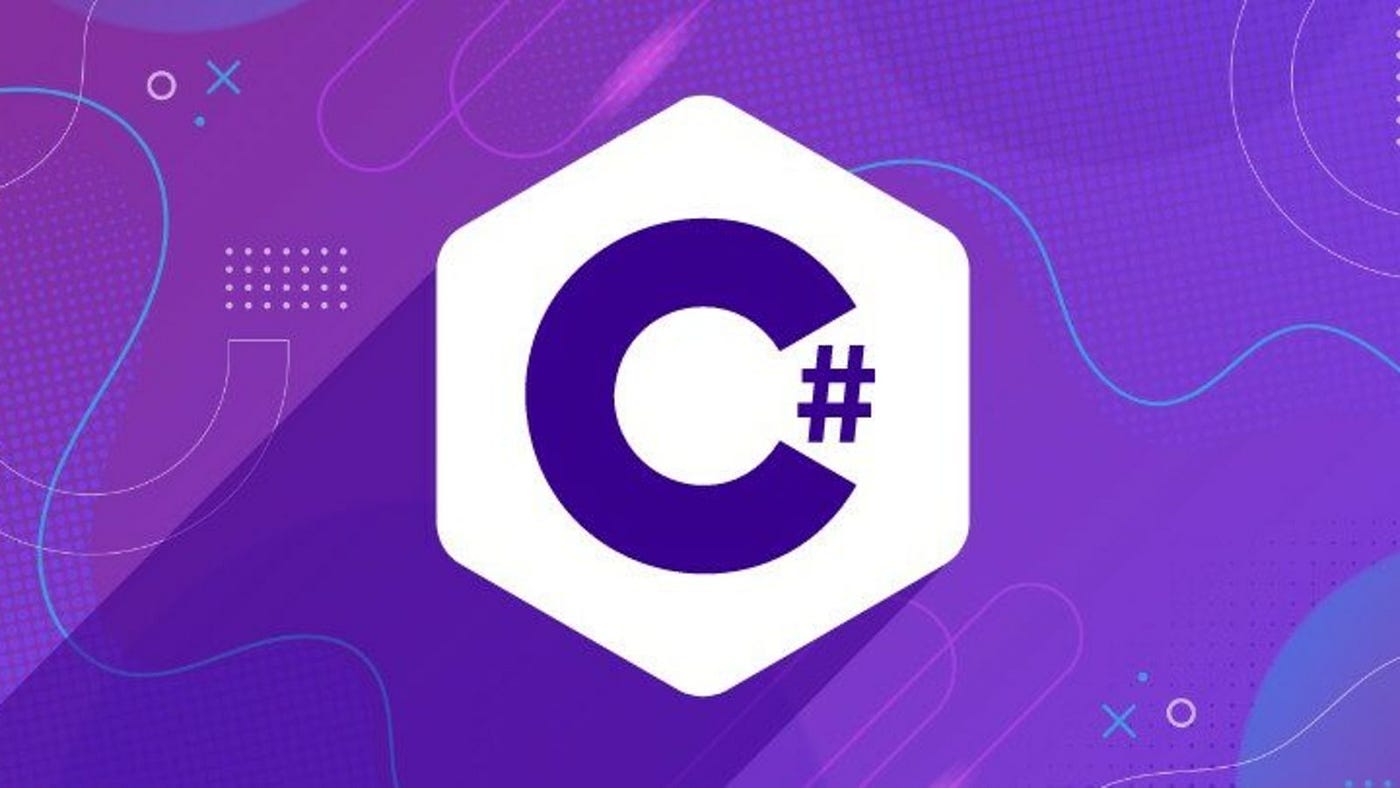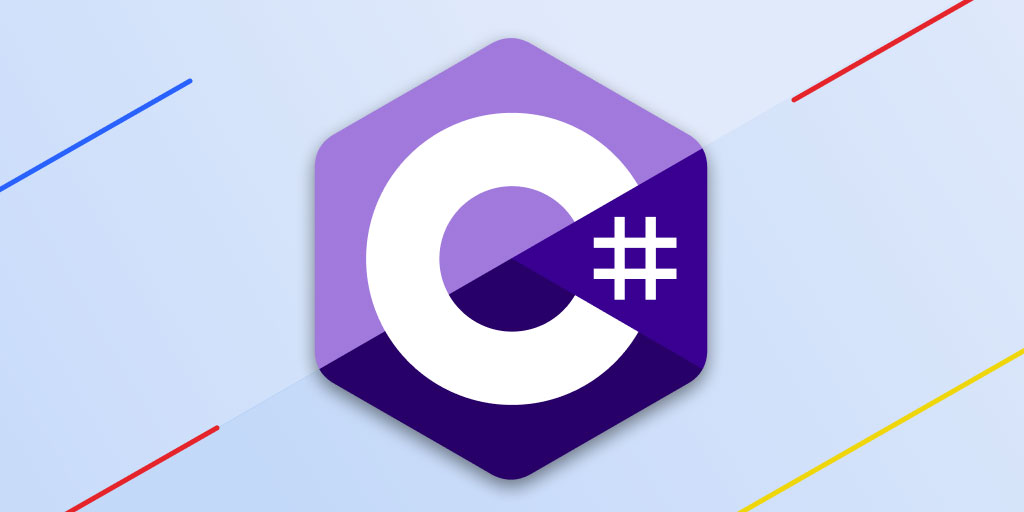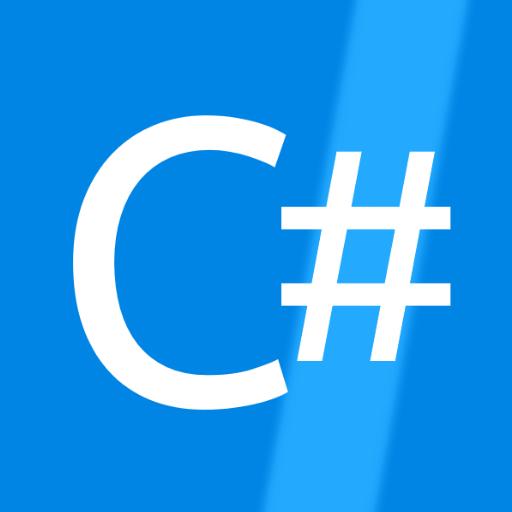Utilizing C# Records for Data Transfer Objects
Records in C# are ideal for DTOs due to immutability, value-based equality, and reduced boilerplate. 1) Immutability ensures data remains unchanged after creation, fitting data transport needs. 2) Value-based equality simplifies comparison of DTOs. 3) Built-in overrides for Equals(), GetHashCode(), and ToString() reduce manual code. Records can be defined using positional syntax for conciseness or standard properties for more control. They work seamlessly with JSON serialization. Use records when preferring immutability and clean code; use classes when needing mutability, reference equality, or inheritance. Performance impact is typically negligible.

When you're building applications in C#, especially when dealing with data that needs to move between layers or services, using records for Data Transfer Objects (DTOs) can simplify your code and reduce boilerplate. They’re clean, immutable by default, and come with built-in equality checks — all of which make them a solid fit for DTOs.

What Makes Records a Good Fit for DTOs?
Records in C# 9 were designed with immutability and value-based semantics in mind, which aligns well with the purpose of DTOs — carrying data without behavior.

Here are a few reasons why records work well:
- Immutability: Once created, the data doesn’t change, which is often desired for data transport.
- Value-based equality: Two records with the same property values are considered equal — handy when comparing DTOs.
-
Less boilerplate: No need to manually override
Equals(),GetHashCode(), or writeToString()— records handle it all.
For example, instead of writing a full class like this:

public class UserDto
{
public string Name { get; set; }
public int Age { get; set; }
public override bool Equals(object obj) { /* ... */ }
}You can just write:
public record UserDto(string Name, int Age);
And get all the benefits automatically.
How to Define a Record-Based DTO
Defining a record as a DTO is straightforward. You can use either positional syntax or standard property declarations, depending on your preference and readability needs.
Positional syntax:
public record ProductDto(string Id, string Name, decimal Price);
This creates an immutable record with init-only properties based on the constructor parameters.
Standard property syntax:
public record ProductDto
{
public string Id { get; init; }
public string Name { get; init; }
public decimal Price { get; init; }
}Both approaches work fine. Positional records are more concise, while standard syntax gives you more control over things like validation or computed properties.
If you need to support JSON serialization (like with ASP.NET Core), both formats work out of the box with System.Text.Json.
When to Use Records vs Classes for DTOs
While records are great for many scenarios, they aren’t always the best choice. Here’s a quick breakdown:
✅ Use records when:
- You want immutability and clear data semantics.
- Your DTOs don’t require complex logic or mutable state.
- You want cleaner code with less ceremony.
? Stick with classes when:
- You need full control over setters and mutability.
- You’re working with frameworks or libraries that expect reference-based equality.
- You need inheritance or other OOP features.
Also, keep in mind that if you're doing deep nesting or large object graphs, records' immutability might introduce some overhead due to object copying. In most cases, though, the performance difference is negligible.
That's basically it. Using C# records for DTOs keeps your models clean, expressive, and easier to maintain — especially when you care about data integrity and clarity. It’s not a magic bullet, but in most modern C# projects, it’s definitely worth considering.
The above is the detailed content of Utilizing C# Records for Data Transfer Objects. For more information, please follow other related articles on the PHP Chinese website!

Hot AI Tools

Undress AI Tool
Undress images for free

Undresser.AI Undress
AI-powered app for creating realistic nude photos

AI Clothes Remover
Online AI tool for removing clothes from photos.

Clothoff.io
AI clothes remover

Video Face Swap
Swap faces in any video effortlessly with our completely free AI face swap tool!

Hot Article

Hot Tools

Notepad++7.3.1
Easy-to-use and free code editor

SublimeText3 Chinese version
Chinese version, very easy to use

Zend Studio 13.0.1
Powerful PHP integrated development environment

Dreamweaver CS6
Visual web development tools

SublimeText3 Mac version
God-level code editing software (SublimeText3)

Hot Topics
 The difference between multithreading and asynchronous c#
Apr 03, 2025 pm 02:57 PM
The difference between multithreading and asynchronous c#
Apr 03, 2025 pm 02:57 PM
The difference between multithreading and asynchronous is that multithreading executes multiple threads at the same time, while asynchronously performs operations without blocking the current thread. Multithreading is used for compute-intensive tasks, while asynchronously is used for user interaction. The advantage of multi-threading is to improve computing performance, while the advantage of asynchronous is to not block UI threads. Choosing multithreading or asynchronous depends on the nature of the task: Computation-intensive tasks use multithreading, tasks that interact with external resources and need to keep UI responsiveness use asynchronous.
 C# vs. C : History, Evolution, and Future Prospects
Apr 19, 2025 am 12:07 AM
C# vs. C : History, Evolution, and Future Prospects
Apr 19, 2025 am 12:07 AM
The history and evolution of C# and C are unique, and the future prospects are also different. 1.C was invented by BjarneStroustrup in 1983 to introduce object-oriented programming into the C language. Its evolution process includes multiple standardizations, such as C 11 introducing auto keywords and lambda expressions, C 20 introducing concepts and coroutines, and will focus on performance and system-level programming in the future. 2.C# was released by Microsoft in 2000. Combining the advantages of C and Java, its evolution focuses on simplicity and productivity. For example, C#2.0 introduced generics and C#5.0 introduced asynchronous programming, which will focus on developers' productivity and cloud computing in the future.
 How to change the format of xml
Apr 03, 2025 am 08:42 AM
How to change the format of xml
Apr 03, 2025 am 08:42 AM
There are several ways to modify XML formats: manually editing with a text editor such as Notepad; automatically formatting with online or desktop XML formatting tools such as XMLbeautifier; define conversion rules using XML conversion tools such as XSLT; or parse and operate using programming languages such as Python. Be careful when modifying and back up the original files.
 How to convert xml into word
Apr 03, 2025 am 08:15 AM
How to convert xml into word
Apr 03, 2025 am 08:15 AM
There are three ways to convert XML to Word: use Microsoft Word, use an XML converter, or use a programming language.
 How to convert xml to json
Apr 03, 2025 am 09:09 AM
How to convert xml to json
Apr 03, 2025 am 09:09 AM
Methods to convert XML to JSON include: writing scripts or programs in programming languages (such as Python, Java, C#) to convert; pasting or uploading XML data using online tools (such as XML to JSON, Gojko's XML converter, XML online tools) and selecting JSON format output; performing conversion tasks using XML to JSON converters (such as Oxygen XML Editor, Stylus Studio, Altova XMLSpy); converting XML to JSON using XSLT stylesheets; using data integration tools (such as Informatic
 What is c# multithreading programming? C# multithreading programming uses c# multithreading programming
Apr 03, 2025 pm 02:45 PM
What is c# multithreading programming? C# multithreading programming uses c# multithreading programming
Apr 03, 2025 pm 02:45 PM
C# multi-threaded programming is a technology that allows programs to perform multiple tasks simultaneously. It can improve program efficiency by improving performance, improving responsiveness and implementing parallel processing. While the Thread class provides a way to create threads directly, advanced tools such as Task and async/await can provide safer asynchronous operations and a cleaner code structure. Common challenges in multithreaded programming include deadlocks, race conditions, and resource leakage, which require careful design of threading models and the use of appropriate synchronization mechanisms to avoid these problems.
 C# .NET: Building Applications with the .NET Ecosystem
Apr 27, 2025 am 12:12 AM
C# .NET: Building Applications with the .NET Ecosystem
Apr 27, 2025 am 12:12 AM
How to build applications using .NET? Building applications using .NET can be achieved through the following steps: 1) Understand the basics of .NET, including C# language and cross-platform development support; 2) Learn core concepts such as components and working principles of the .NET ecosystem; 3) Master basic and advanced usage, from simple console applications to complex WebAPIs and database operations; 4) Be familiar with common errors and debugging techniques, such as configuration and database connection issues; 5) Application performance optimization and best practices, such as asynchronous programming and caching.
 How to open xml format
Apr 02, 2025 pm 09:00 PM
How to open xml format
Apr 02, 2025 pm 09:00 PM
Use most text editors to open XML files; if you need a more intuitive tree display, you can use an XML editor, such as Oxygen XML Editor or XMLSpy; if you process XML data in a program, you need to use a programming language (such as Python) and XML libraries (such as xml.etree.ElementTree) to parse.







